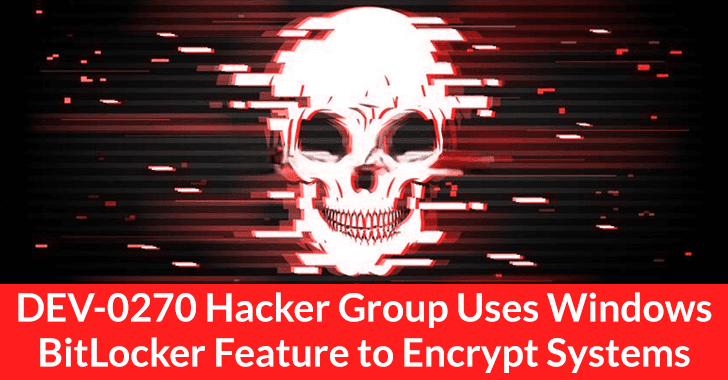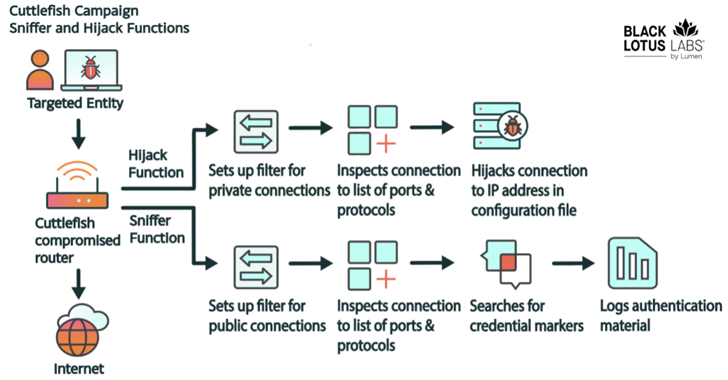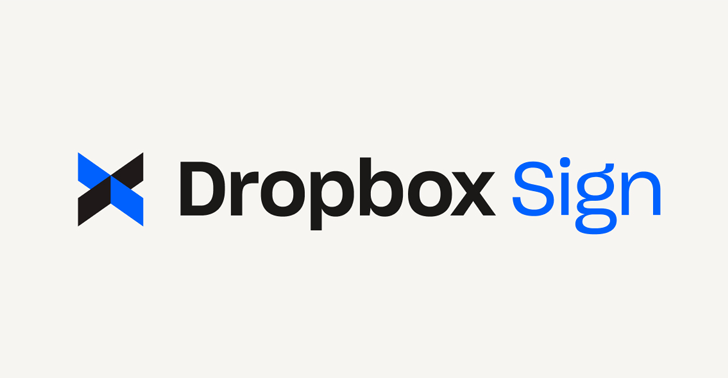The DEV-0270 (aka Nemesis Kitten), an Iranian state-sponsored hacker group has been uncovered abusing a Windows feature known as BitLocker.
While Nemesis Kitten is one of the sub-groups of the Iranian threat actor group known as, PHOSPHORUS.
The threat intelligence team of Microsoft claims that as soon as new security vulnerabilities are disclosed, the group takes advantage of them as quickly as possible. The attacks made by this group utilize living-off-the-land binaries (LOLBINs) to the fullest extent possible.
With BitLocker, you can protect your data by providing full volume encryption on devices that run the following operating systems:-
- Windows 10
- Windows 11
- Windows Server 2016 and above
Technical Analysis
Setup.bat commands are used by the operators of DEV-0270 as part of its method of enabling the BitLocker encryption feature.
Due to this, the hosts become inoperable and are unable to function. Currently, for the workstations, there is a disk encryption program called DiskCryptor which is used by the group.
In the case of DEV-0270, it has been observed that the time to ransom (TTR) between an attacker’s initial access to a victim’s system and deployment of the ransom note is approximately two days.
Here the attacker makes a demand for the payment of $8,000 for the victims’ decryption keys in the event of success.
Moonlighting
There is a strong possibility that DEV-0270 is moonlighting as a revenue-generating tool for a company or for personal use. However, this is not accurately confirmed, since this is Microsoft’s firm speculation.
Under two aliases, this group is being run by an Iranian company that is known by the following names:-
- Secnerd (secnerd[.]ir)
- Lifeweb (lifeweb[.]it)
In addition to these organizations, Najee Technology Hooshmand, which is based in Karaj, Iran, is also connected to these organizations. When it comes to targeting, the group tends to take advantage of opportunistic opportunities.
Mitigations
- For the prevention of exploitation attempts and subsequent ransomware attacks, it is advised that companies patch their Internet-facing servers.
- Prevent RPC and SMB communication between devices by using Microsoft Defender Firewall and intrusion prevention devices.
- To prevent or restrict the use of network appliances, you should check your perimeter firewall and proxy.
- Ensure that the passwords used by local administrators are strong.
- Always keep Microsoft Defender Antivirus up to date.
- Make sure to enable real-time behavior monitoring in Microsoft Defender Antivirus.
- Make sure that you keep backups in case there is an attack that destroys your data.
- It is imperative that the Local Security Authority Subsystem (lsass.exe) on Windows is protected against credential theft.
- The creation of processes originating from PsExec and WMI commands should be blocked.
- The WMI event subscription can be used to block persistence.









